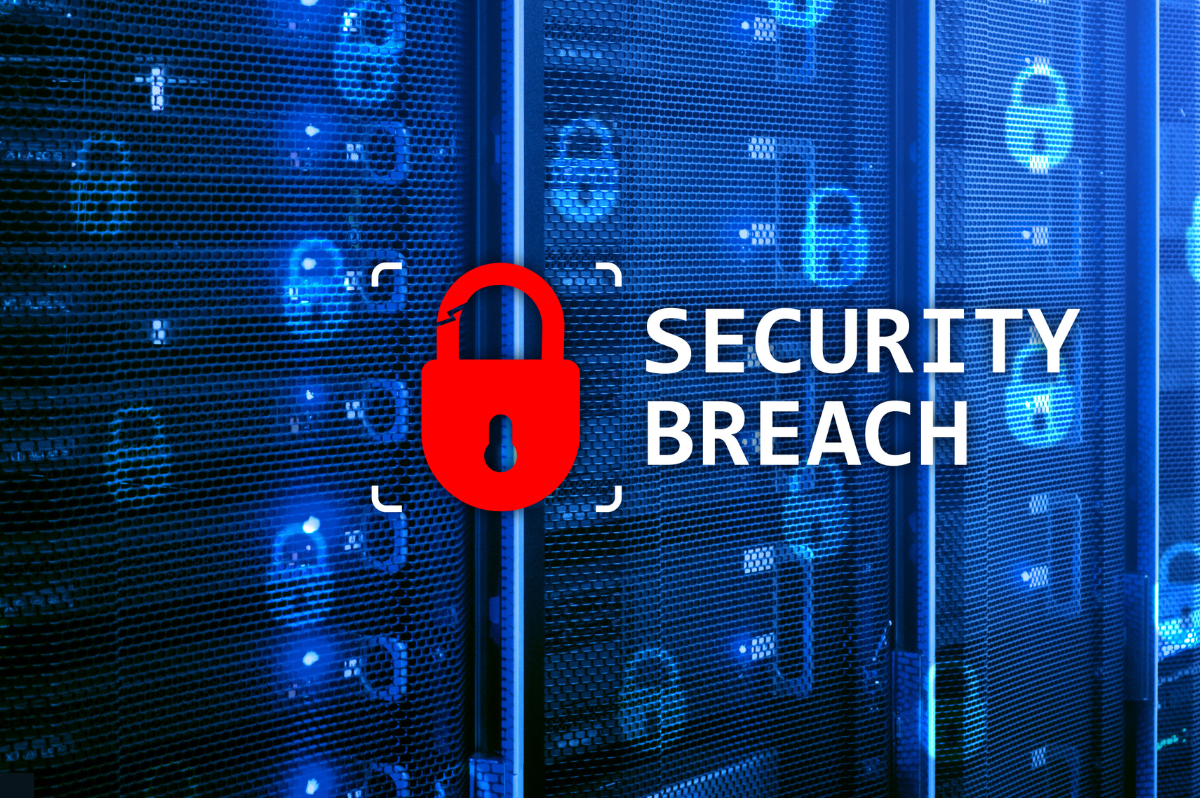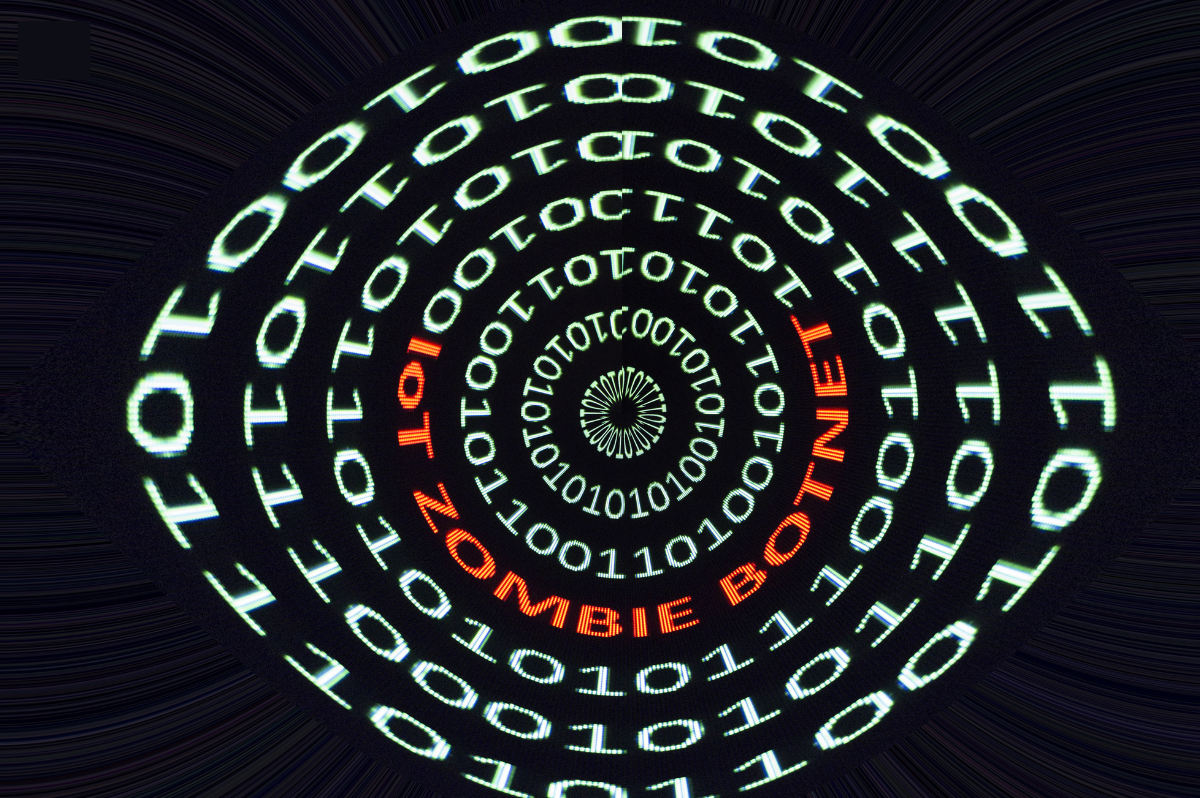Cybersecurity is often painted as a high-stakes battle between well-funded threat actors and massive enterprises, but the recent 4chan breach is a reminder that no one is immune—not even the bastions of internet anonymity.
What is 4Chan?
If you don’t know what 4Chan is….that’s probably a good sign for your mental health. 4chan is an imageboard-style forum launched in 2003, originally as a hub for anime and meme culture. Over time, it evolved into a chaotic, anonymous community that has played a pivotal role in shaping internet culture—for better or worse. While it’s known for everything from memes to controversial political discourse, it’s also a case study in what happens when freedom and anonymity come without strong security guardrails. While other sites like Reddit have been slowly trying to rein in the more unsavory elements of anonymous discourse, 4Chan has been a proud bastion of true, unregulated, largely unmoderated internet culture.
What Really Happened
Contrary to popular belief, this wasn’t due to compromised credentials, nor was it your run-of-the-mill SQL injection. The 4chan hack was far more surgical—and preventable. Here’s the breakdown:
- 4chan allows PDF uploads to several boards like /gd/, /po/, /qst/, /sci/, and /tg/.
- The platform neglected to verify that uploaded files were actually PDFs.
- As a result, an attacker uploaded a PostScript file containing drawing commands.
- That file was processed by Ghostscript to generate a thumbnail—unfortunately, the version of Ghostscript in use dated back to 2012, riddled with known vulnerabilities.
- From there, the attacker chained a privilege escalation exploit using a misconfigured SUID binary to gain elevated access.
In the hacker’s own words, he didn’t even bother accessing user data—so while internal source code and logs were accessed, there’s no evidence of passholder credential leaks.
Why It Matters
It’s tempting to dismiss this as “just 4chan,” but this breach checks all the classic boxes of enterprise security failure:
- Trusting user input – Never assume a file is what its extension says it is.
- Legacy software, legacy risks – Running decade-old dependencies is a ticking time bomb.
- Privilege escalation paths – One misconfigured binary can turn a minor foothold into root access.
And most importantly: no one is too fringe, too obscure, or too “underground” to be a target.
Access Control Can’t Stop at the Login Page
This hack didn’t involve stolen passwords or brute-forced accounts. It was about exploiting overlooked file handling and unpatched software—exactly the kind of lateral attack path that traditional security controls can’t catch. It’s so important to keep your software and hardware up to date.
That’s why continuous access control—validating devices, checking posture, limiting privileges—is so essential. A unified access control solution can help prevent these types of exploits from escalating by ensuring that only trusted devices with compliant security profiles are granted access in the first place, and limiting lateral movement in the first place.
The 4chan breach is more than an internet oddity—it’s a masterclass in how small oversights can snowball into full-blown compromise. Even without a direct hit to user data, the implications are clear: security hygiene matters, everywhere.
If your organization is still relying on perimeter-based security and hoping for the best inside the walls, it’s time to rethink your access control model.
Try Portnox Cloud for Free Today
Gain access to all of Portnox's powerful zero trust access control free capabilities for 30 days!




